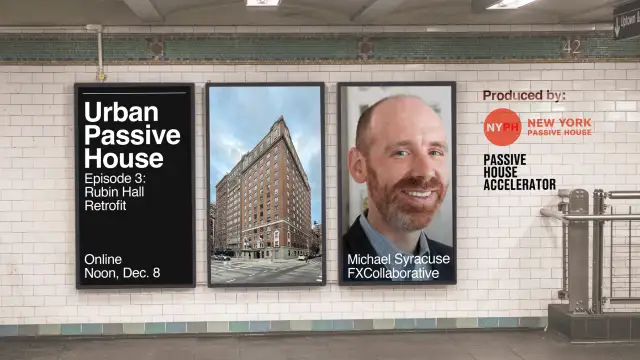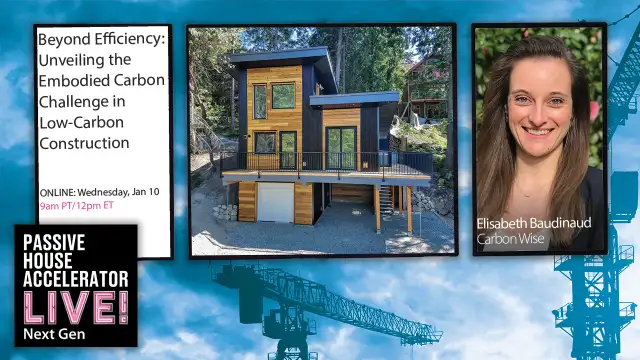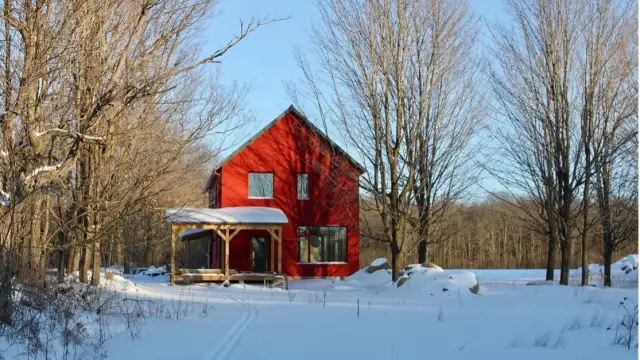By Jay Fox
The Northeast Sustainable Energy Association (NESEA) hosted BuildingEnergy Boston last week, March 20 and 21, at the Westin in Boston’s Seaport District. The well-attended conference and trade show brought together an array of people from across the real estate and construction industries to learn how to build more efficiently, more sustainably, and more resiliently. The conference was also a celebration of NESEA’s 50th anniversary, and the content was centered around the appropriate theme of Building the Movement.
Before describing some of the more pertinent lessons shared during the presentations I was lucky enough to attend, it’s important to note that the in-person format of the conference helped amplify the theme. Building the Movement is not simply about sharing technical knowledge with one’s colleagues; it’s about connecting people with different professional and regional backgrounds who share a passion for decarbonizing the built environment.
While virtual events and platforms are certainly capable of uniting people around an idea or purpose, there is an added dimension to social interactions that occur in person. As BuildingEnergy Boston Chairs Jacob Deva Racusin of New Frameworks and Keirstan Entriken of the Electric Power Research Institute (EPRI) reminded those in attendance at the beginning of the second day, it’s important to remember to look up from our work every once in a while, and to take time to appreciate art and moments of spontaneity and creative joy. For Deva Racusin, this translated into an impromptu Mingus session after lunch, but for most of those in attendance, it was the art of small talk. At in-person events, one is more likely to initiate a chat with whoever happens to be sitting nearby than to start a private chat over Zoom, and this can lead to introductions, conversations, and possibly even collaborations that wouldn’t happen otherwise.













